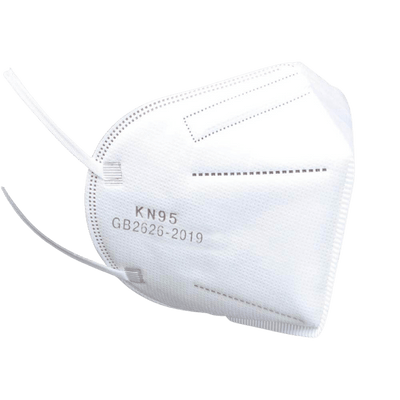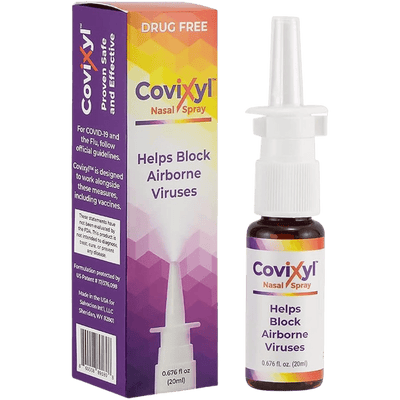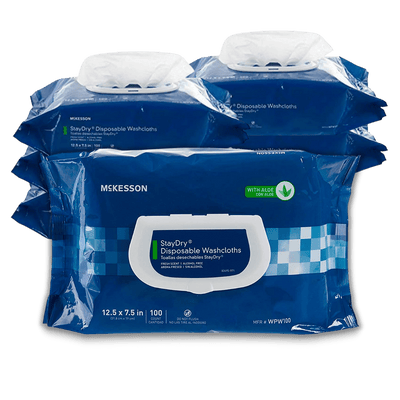Breath of Fresh Air: Combatting Common Indoor Air Pollutants for a Healthier Home
Understanding Indoor Air Pollution
Indoor air pollution, a significant concern for building occupants, refers to the presence of contaminants in the air within structures and buildings. These contaminants, originating from various sources, can have immediate and long-term health effects, impacting the well-being of individuals. It is crucial to comprehend the sources and effects of indoor air pollutants to effectively combat them and create a healthier indoor environment.
For example, fine particulate matter, a common indoor air pollutant, can originate from cooking activities, smoking, and the use of certain heating systems. Simultaneously, carbon monoxide can be emitted from malfunctioning fuel-burning appliances such as furnaces, stoves, and water heaters. Understanding these sources is essential for identifying and addressing specific indoor air pollutants.
Indoor air pollution can have immediate health effects, including irritation of the eyes, nose, and throat, as well as symptoms like headaches, dizziness, and fatigue. Prolonged exposure can lead to serious long-term health issues, such as respiratory diseases, heart disease, and cancer, with certain populations being disproportionately affected. Recognizing these health effects underscores the importance of addressing indoor air quality issues to protect the well-being of building occupants.
Common Indoor Air Pollutants and Their Sources
In addition to fine particulate matter and carbon monoxide, other common indoor air pollutants include volatile organic compounds (VOCs) emitted from household products, radon, and biological pollutants such as mold and pet dander. VOCs can be released from a variety of sources, including building materials, furnishings, and cleaning products, contributing to indoor air pollution. Understanding the diverse sources of indoor air pollutants is crucial for implementing effective mitigation strategies.
For instance, biological pollutants like mold can thrive in damp indoor environments, posing health risks to occupants. Similarly, radon, a naturally occurring radioactive gas, can enter buildings through gaps in the foundation, contributing to indoor air pollution. By recognizing these sources, individuals can take targeted actions to reduce the presence of specific indoor air pollutants in their living spaces.
Health Effects of Indoor Air Pollution
In addition to the immediate health effects of indoor air pollution, such as irritation of the eyes, nose, and throat, there are other less obvious impacts that can emerge from prolonged exposure. These include respiratory diseases, cardiovascular issues, and an increased risk of cancer. Moreover, specific populations, such as children, the elderly, and individuals with pre-existing health conditions, may experience more severe health effects due to indoor air pollutants. Understanding these health effects is essential for prioritizing indoor air quality improvement efforts and protecting vulnerable populations.
For example, individuals living in urban areas with higher levels of indoor air pollution may be at an increased risk of developing respiratory conditions. Similarly, children exposed to indoor pollutants from sources like tobacco smoke may experience exacerbated symptoms of asthma. Recognizing these health effects can drive the implementation of targeted interventions to minimize the impact of indoor air pollution.
Combatting Indoor Air Pollutants
In combating indoor air pollutants, it is imperative to adopt a multifaceted approach that encompasses various strategies. Regular cleaning practices, including vacuuming and dusting, play a crucial role in minimizing indoor air pollutants, as they help remove dust and other particles from indoor surfaces. Additionally, controlling humidity levels between 30-50% can prevent mold growth and reduce the presence of dust mites, contributing to improved indoor air quality. These practices are instrumental in reducing the concentration of indoor air pollutants and creating a healthier indoor environment.
Moreover, the use of natural cleaning products and low-VOC paints can minimize chemical exposure and the release of harmful substances into the air. By choosing cleaning products and paints with lower chemical emissions, individuals can contribute to reducing indoor air pollution and promoting a safer indoor environment. Furthermore, maintaining HVAC systems efficiently, including regularly changing air filters and conducting inspections, is essential for combating indoor air pollutants and ensuring optimal indoor air quality.
 Benefits of Using an Indoor Air Quality Monitor
Benefits of Using an Indoor Air Quality Monitor
Indoor air quality monitors offer numerous benefits in the quest to combat indoor air pollutants and improve indoor air quality. By tracking particulate matter, humidity, and temperature, these monitors provide valuable insights into the indoor environment, enabling occupants to make informed decisions about ventilation and air purification. Additionally, the high-quality sensors and color-coded indicators featured in these monitors enhance the accuracy and user-friendliness of the Indoor Air Quality Montior offer by Hope Health Supply, empowering individuals to take proactive steps in maintaining a healthy indoor environment.
For instance, an indoor air quality monitor can continuously assess the air quality, alerting occupants to any fluctuations and enabling them to make informed decisions about ventilation and air purification. By leveraging the capabilities of these monitors, individuals can actively monitor and manage indoor air quality, contributing to a healthier living environment.
Tips for Improving Indoor Air Quality
In addition to the strategies mentioned earlier, there are further tips for improving indoor air quality, including source control, improved ventilation, and the use of air cleaners. Source control involves identifying and eliminating or reducing individual sources of pollution, such as tobacco smoke and emissions from household products. Improved ventilation, achieved through natural means or mechanical systems, facilitates the influx of outdoor air, diluting indoor pollutants and enhancing indoor air quality. Additionally, the use of air cleaners can effectively reduce indoor air pollutants, further contributing to improved indoor air quality.
Households can implement source control measures by addressing specific sources of pollution, such as minimizing the use of harsh chemical cleaners and opting for low-VOC paints. Moreover, improved ventilation through the strategic use of windows, doors, fans, and mechanical systems can enhance the circulation of fresh outdoor air, reducing the concentration of indoor air pollutants. The use of air cleaners with efficient filtration systems can further complement these efforts, contributing to a healthier indoor environment.
 Immediate and Long-Term Effects of Indoor Air Pollutants
Immediate and Long-Term Effects of Indoor Air Pollutants
The immediate effects of indoor air pollutants, such as irritation and discomfort, can significantly impact the well-being of building occupants. These effects underscore the need for proactive measures to minimize indoor air pollution and its adverse consequences. Prolonged exposure to indoor air pollutants can lead to severe long-term health implications, including the development of respiratory diseases, cardiovascular issues, and an increased risk of cancer. Understanding these effects reinforces the urgency of addressing indoor air quality issues and implementing effective mitigation strategies.
For example, individuals experiencing immediate effects of indoor air pollution, such as headaches or throat irritation, can take steps to identify and mitigate sources of contamination to prevent long-term health implications. Additionally, implementing long-term strategies to combat indoor air pollutants, such as maintaining efficient ventilation and utilizing air purification systems, is essential for protecting the health and well-being of building occupants.
Importance of Understanding Indoor Air Quality
Recognizing and addressing indoor air quality issues is paramount in safeguarding the health and well-being of building occupants. By understanding the sources and effects of indoor air pollutants, individuals and communities can take proactive steps to create healthier indoor environments and mitigate the potential risks associated with poor indoor air quality. This understanding empowers individuals to make informed decisions and implement targeted interventions to combat indoor air pollutants effectively.
In conclusion, understanding indoor air quality and taking proactive measures to combat indoor air pollutants are critical for protecting the health and well-being of individuals in indoor environments. By prioritizing indoor air quality improvement efforts and leveraging various strategies and technologies, individuals can create healthier indoor environments and mitigate the adverse effects of indoor air pollution.











Leave a comment